As with most things in life, “what you know” is quite important in buying a new or used machine to improve quality and efficiency in your fabrication facility. But “who you know” and “when you know it” makes a big difference too.
“Who you should know” is Stan Ragley, Manager of Biesse America Finance. “When you should know it” is NOW — when you are evaluating machines, rather than on the verge of deciding to buy one.
With more than two decades of experience in helping customers finance machinery in North America, Ragley knows all kinds of things about preparing for a machine purchase that you’ve never thought of. He’s eager to share all his tips and knowledge about 1) getting pre-approved for financing 2) understanding the tax advantage of Section 179 of the IRS tax code 3) knowing the ins-and-outs of Bonus Depreciation.
Pre-Approval for Financing
The worst time to find out you need to correct a credit issue is when you need it. Little oversights could cause big problems when the time comes to move on a machine and get the deal and delivery you want.
“For small business financing, which is basically $5,000-500,000, it’s the same for everyone,” Ragley said. “We have to look at certain things regarding both a customer’s business and personal credit and if they’re not in order, we have to ask questions.” Getting pre-approved for financing saves stress, and there are no fees to submit an application or get a credit check. Once you have pre-approval, you’re not obligated to use it. Even if your initial approval period of 90 days lapses, Ragley’s department can get a re-approval quickly.
Tax Advantages: Section 179 Deduction
Section 179 of the IRS tax code is more beneficial to small businesses than ever because if you buy (or lease) a piece of qualifying equipment or software, it lets you deduct the FULL PURCHASE PRICE from your income with certain caps. It’s an incentive created by the U.S. government to encourage businesses to buy equipment and invest in themselves.
In the past, businesses typically wrote-off equipment purchases a little at a time through depreciation. Now Section 179 allows most small businesses to write-off the entire cost of qualifying equipment and/or off-the-shelf software purchased or
financed and placed into service between January 1, 2019 and December 31, 2019 on their 2019 tax returns. That means you can buy now, rather than waiting. During his session at Inside Intermac, Ragley will share qualifying dollar amounts, caps, and other things you need to know to take advantage of Section 179.
Bonus Depreciation
In 2019, Bonus Depreciation is being offered at 100 percent, and unlike in the past, it now covers new equipment AND used equipment (as long as it is new to you). Section 179 is generally taken first, with Bonus Depreciation taken after the Section 179 Spending Cap is reached.
THE FIVE C’S
1. Capacity: Do you have sufficient cash flow to service the loan?
2. Character: What is your credit history, both personal and busi- ness?
3. Collateral: Do you have additional collateral at your disposal? This could be inventory, A/R, free and clear equipment or property that you may need to secure the loan.
4. Capital: What is the net worth of your business and personal net worth?
5. Conditions: What is the purpose of the loan and what factors should be considered? The economy, new contracts, replacing outdated equipment, and employee reduction are all examples of possible factors to examine.


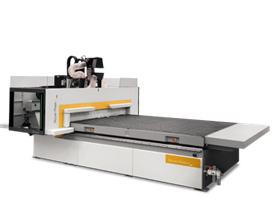
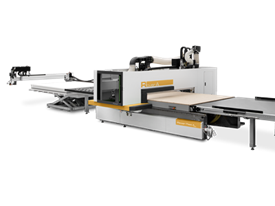
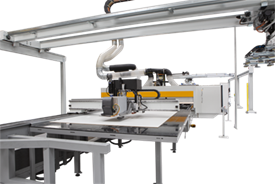
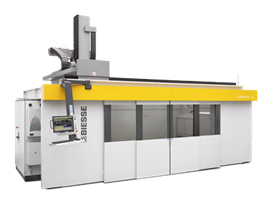
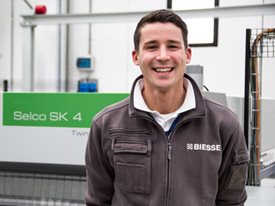
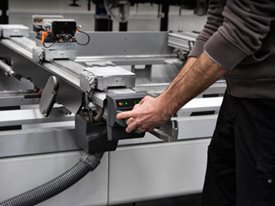
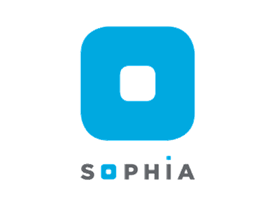
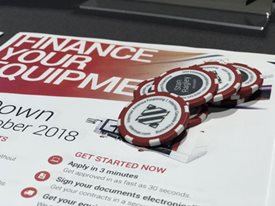
 Worldwide
Worldwide
 Italia
Italia
 United Kingdom
United Kingdom
 Россия
Россия
 France
France
 中国
中国
 Asia
Asia
 Deutschland
Deutschland
 España
España
 Schweiz
Schweiz
 North America
North America
 India
India
 Australia & New Zealand
Australia & New Zealand
 Türkiye Cumhuriyeti
Türkiye Cumhuriyeti
 Middle East
Middle East
 Brasil
Brasil